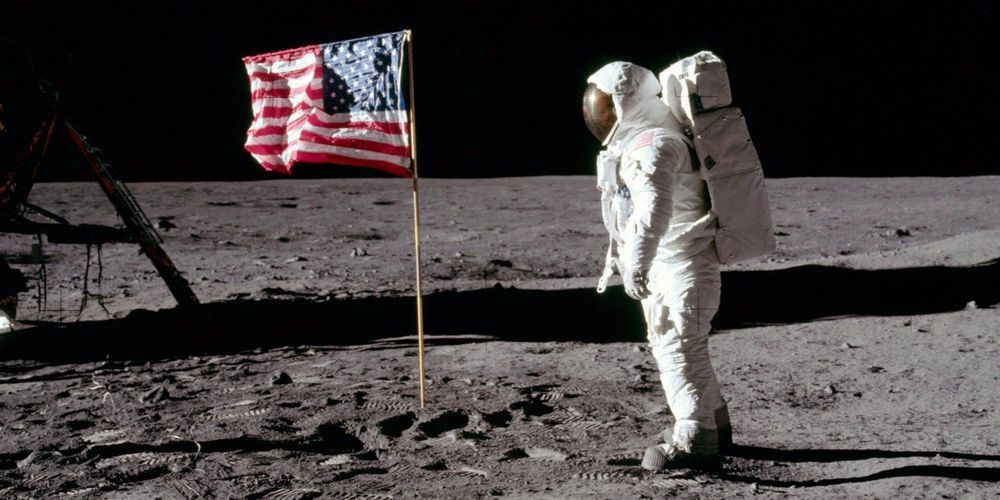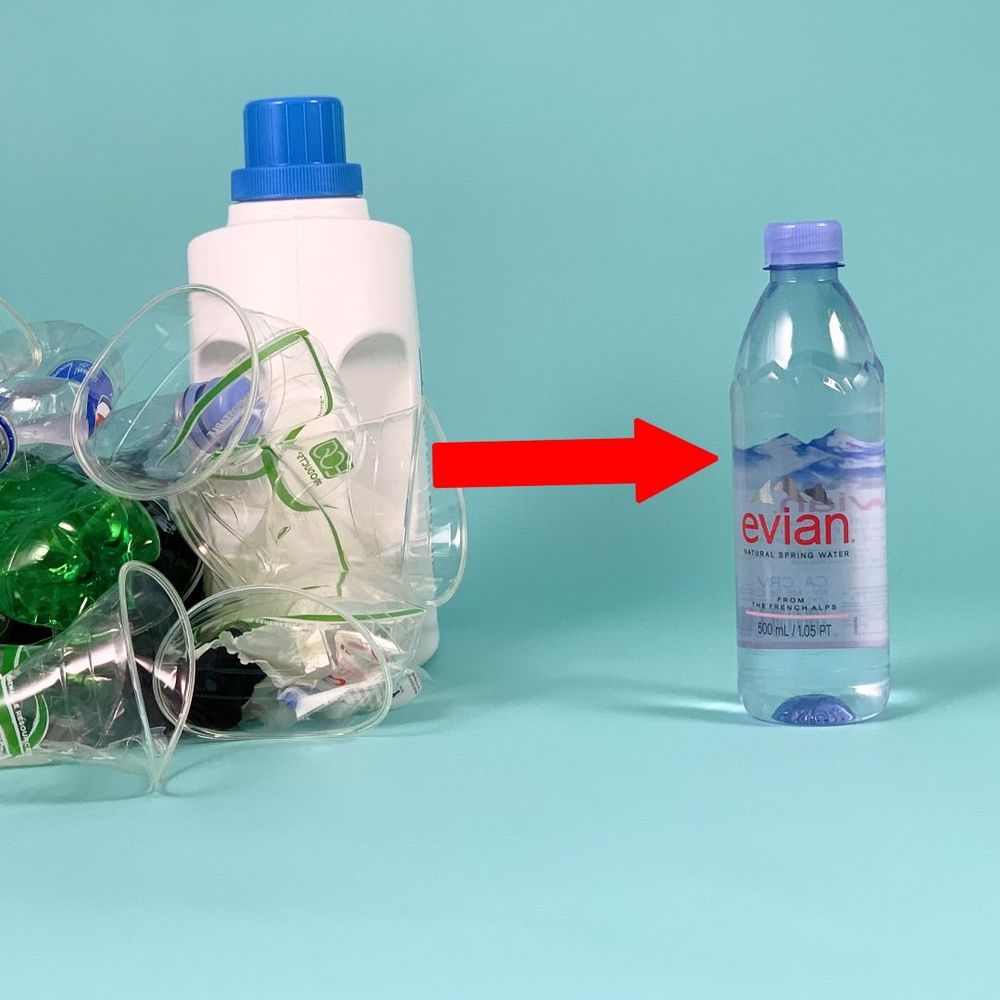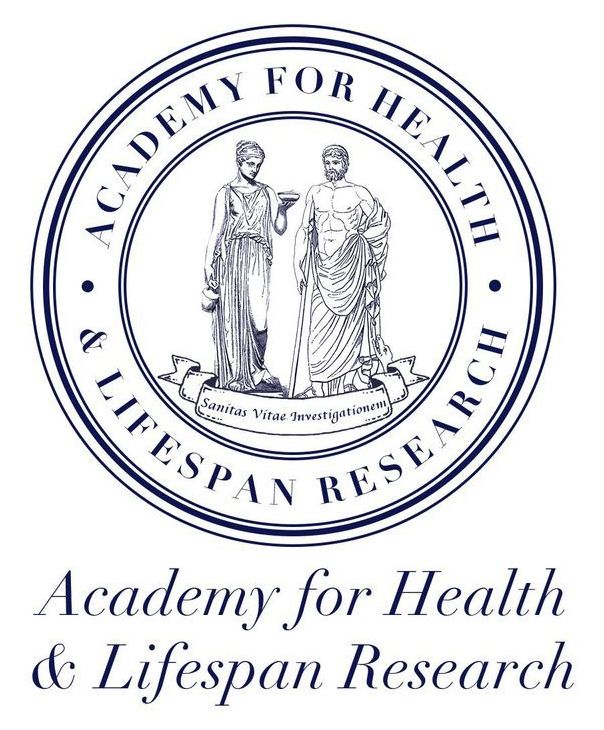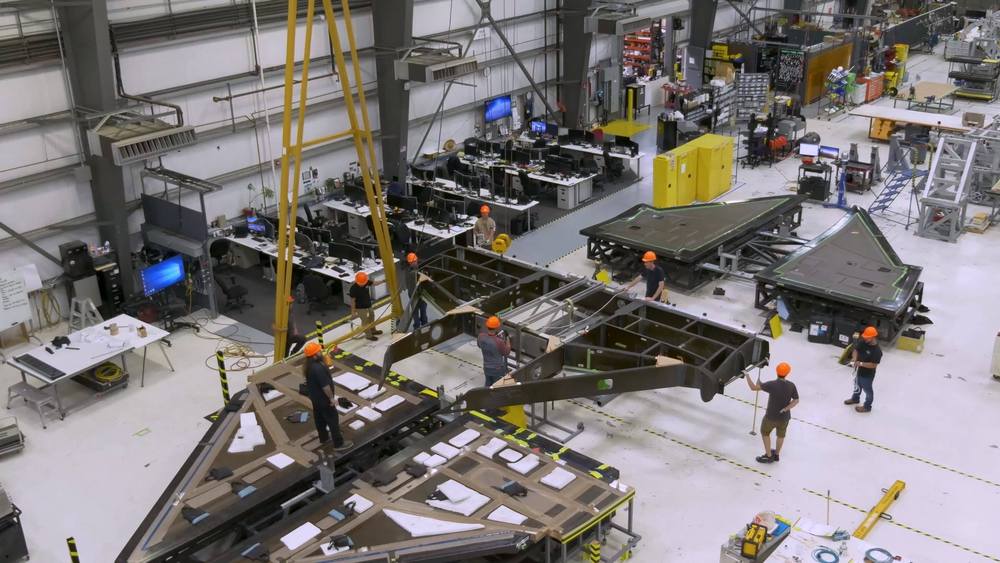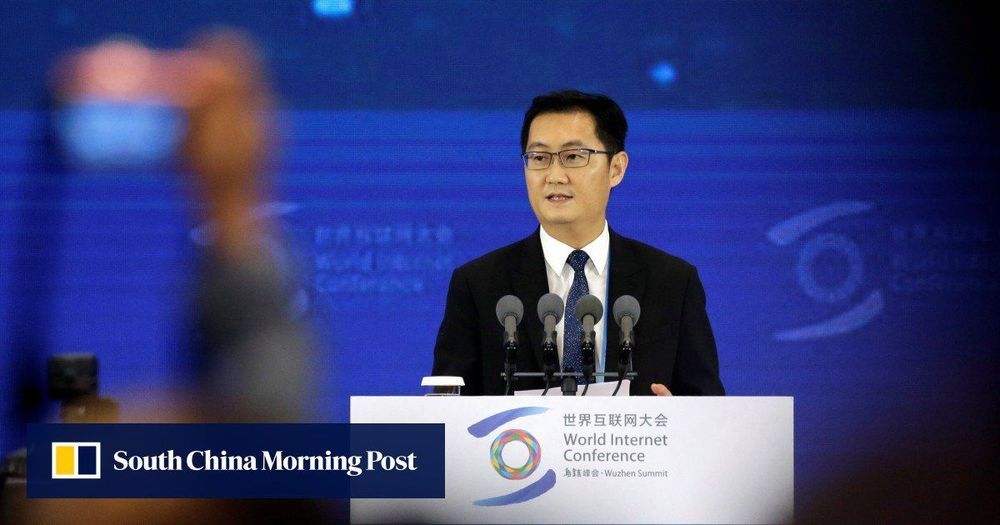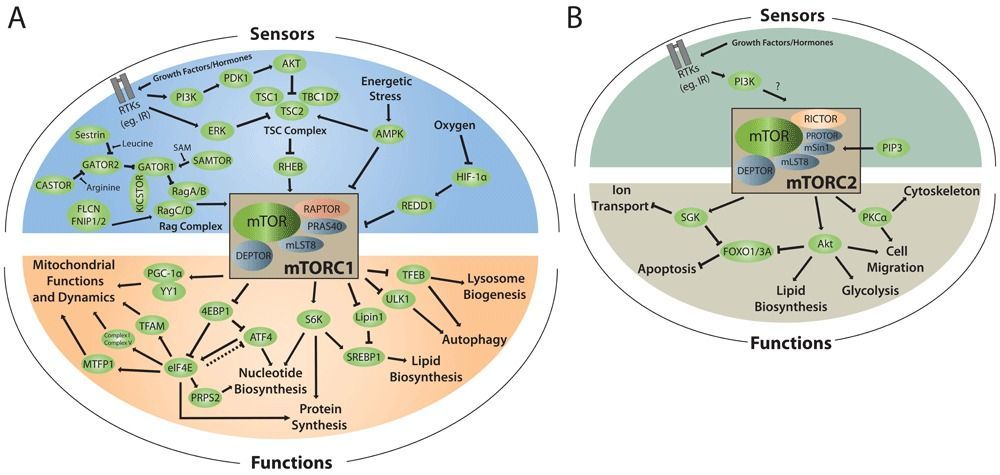The photos have stood the test of time: A spacesuit-clad Apollo astronaut stands proudly next to a red-white-and-blue American flag on the moon, his national trophy saying: “The United States was here.”
Unfortunately, the six flags planted on the lunar surface from 1969 through 1972 haven’t fared so well.
Images taken by NASA’s Lunar Reconnaissance Orbiter in 2012 showed that at least five out six flags were still standing. However, scientists think decades’ worth of brilliant sunlight have bleached away their emblematic colors.
